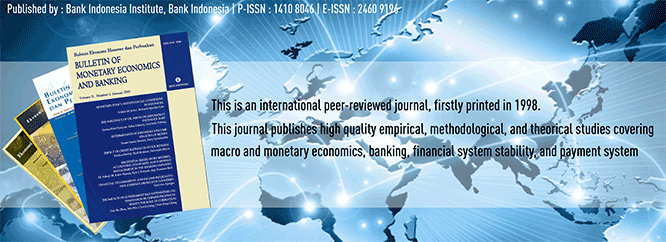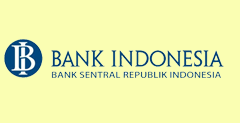
Document Type
Article
Abstract
Indonesia’s economy in the first quarter 2013 growth slowed compared to the previous quarter. Economic growth stood at 6.02% (yoy), lower than the previous quarter grew by 6.11% (yoy). A source of slowing growth came from domestic demand amid declining export performance. Slowing growth in household consumption was due to the decrease in purchasing power as a result of an increase in inflationary pressures, especially food. In addition, government consumption growth is relatively low, due to the limited uptake of spending, especially spending on goods. A decline also occurred in investment performance, particularly non-construction that is influenced by limited domestic and international demand outlook. Decline in investment performance is in line with the decline in business optimism. In non-construction investment, there is reduced performance in machinery investment, in line with the slowdown in the imports of capital goods. In contrast, exports showed improvement, supported by strengthening expectations of global economic recovery and rising volume of world trade. Response to slowing domestic demandsaw a contraction in imports. Sources of downward import pressure are from the imports of raw materials and capital goods, mainly raw materials for the industrial and passenger vehicle industry which has seen a slowdown and moderation in response to motor vehicle sales.
Recommended Citation
Bank Indonesia, Author Team of Quarterly Report
(2013)
"QUARTERLY ANALYSIS: The Progress of Monetary, Banking and Payment System, First Quarter – 2013,"
Bulletin of Monetary Economics and Banking: Vol. 15:
No.
4, Article 5.
DOI: https://doi.org/10.21098/bemp.v15i4.429
Available at:
https://bulletin.bmeb-bi.org/bmeb/vol15/iss4/5
First Page
319
Last Page
320
Creative Commons License

This work is licensed under a Creative Commons Attribution-NonCommercial 4.0 International License
Country
Indonesia
Affiliation
Bank Indonesia







